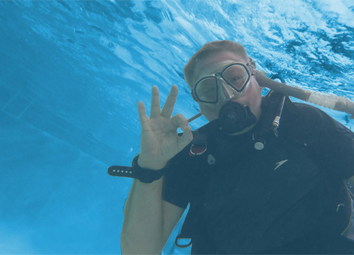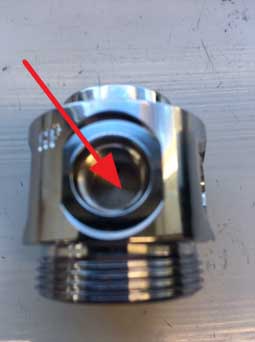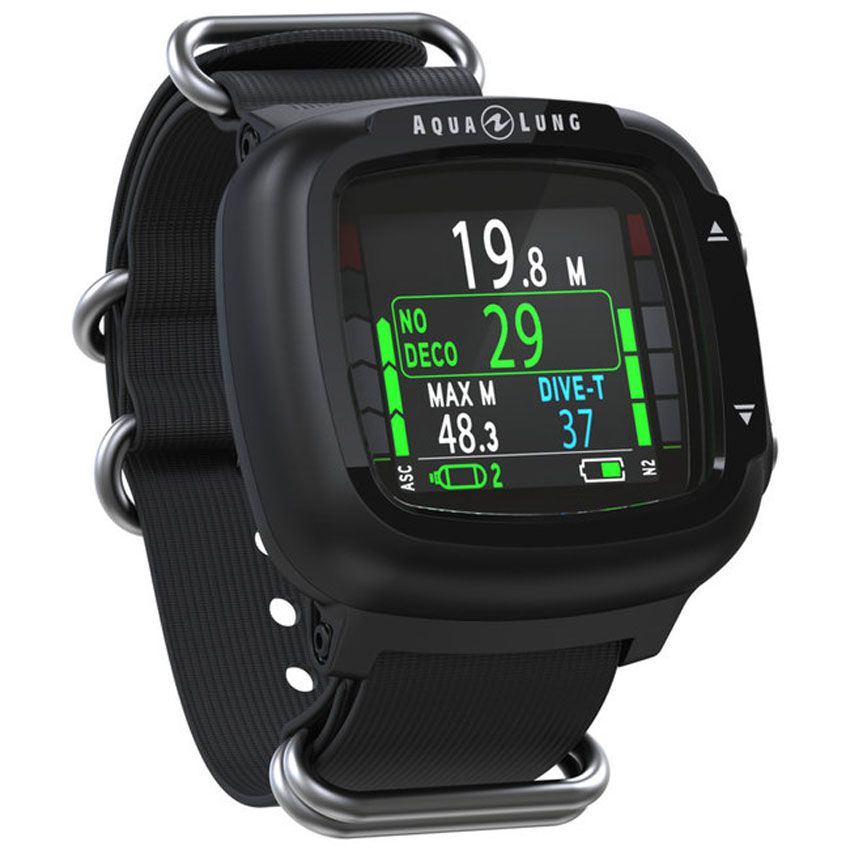We use cookies to enhance your experience on our website. By clicking “I Agree,” you consent to our use of cookies in accordance with our Privacy Policy. If you choose not to allow cookies on our website, some of the website’s functions may not be available to you. Learn more.
Understanding Scuba and Snorkeling Fins?
Scuba Fins are an important part of the diving and snorkeling experience. They are like the engine in your car. Our feet simply aren't made for propelling the human body through the water. Fins help us do that by transfering more energy from our legs to propel us through the water. With the proper pair of fins, the legs do all the work and hands are only used to make small adjustments. While fins are important for casual snorkelers they are essential for scuba diving. With the extra drag of the scuba equipment and the necessity to precisely control movement, having the right set of fins is paramount. This guide should help you deciding on the proper fin design and options for your watersport experience.
Types of Foot Pockets
There are basically two types of foot pockets used in scuba diving and snorkeling , Full-Foot and Open Heel designs . Each has its special purpose and works best for certain applications.
Scuba Fins are usually longer and stronger than Snorkeling fins allowing more thrust in the higher pressure of deeper water.
|
|
Full-foot finsare just shoes with fins attached. They have a heel part and you simply step into them. Because full-foots are designed to slip over a bare foot, you don’t have to wear a spongy neoprene bootie. This enables the foot pocket to grip the foot firmly and completely, allowing for the more-efficient transfer of energy from foot to finblade.They are generally the most flexible and comfortable, but you have to make sure they fit just right as there isn't any adjustments. Full-foot fins are primarily used for snorkeling and warm waters. They are easy to put on and take off, and are much lighter than comparable open-heel fins. They also create less drag because there aren’t any dangling straps. They tend to have shorter, more-flexible blades also, making them easier to kick underwater. Be aware, because you aren’t wearing booties with the full foot fins your feet have no exposure protection. This can cause problems when you remove the fin to climb a boat ladder or trek across a rocky beach. While exceptions are numerous, in warm-water destinations where divers wear less gear, full-foot fins tend to be popular; in cold-water locales, open-heel fins with booties are preferred. Open Heel finsadjustables foot pockets, are what people generally wear for scuba diving. The rubber heel is replaced by an adjustable strap or bungee around the heel that keeps the foot in place. Open Heels are generally worn with diving booties which are pretty much mandatory when diving in even moderately cool water. This means that when you buy a set of open heel fins, you need to try them on while wearing the boots. A big advantage of open heels are that the straps can be replaced. If a strap breaks, you don't lose the (often considerable) investment in a pair of fins. Open heel fins are generally more heavy-duty than full-foot fins and they provide more thrust. In order to do that, their blades are somewhat stiffer and usually larger. These fins come in many designs, sizes and weights. If you travel a lot and like to travel light, there are Open Heel fins that break down for packing. |
Fin Propulsion
The Fin Blade is what develops the forward propulsion of the fin. While all fins are designed to provide thrust underwater, there are numerous different blade designs. The blades may have side rails to provide extra stiffness. They may combine soft and firm areas in an effort to provide maximum thrust. The blades may have vents said to reduce drag and effort. Some are designed on a computer and use geometric shapes whereas others seem inspired by nature. Some have ribs that can make a blade firmer and keep it from wobbling. There are split fins that create a propeller-like effect said to increase speed at reduced effort but these are going out of favor. No two pairs of fins are alike. There are new and different designs each year, each with different features, lengths and stiffness that affects the fin's overall performance.
Blade Stiffness
The proper stiffness of the fin blade has more to do with the diver and their fitness, ability level and leg strength. A large diver with a strong kick that is 200lbs or heavier definatly requires a stiffer bladed fin than a small diver that may be new to the sport and has not developed a good kick. If the blade is too stiff for you, then they will only wear you out.
Fin Blade Styles
Desirable features
Quick adjust buckles, Bungee or spring straps – Some scuba fins have buckles that allow you to snug or release them quickly, which is very convenient when gearing up and getting out of the water. Spring straps use encased heavy-duty springs in place of rubber straps. They stretch to fit exactly right and never need adjusting. The new Bungee Straps seem to be the wave of the future for today's Open Heel fins.
Tips
- Buy a spare strap. you can count on the strap eventually wearing out and breaking. Inspect and replace them regularly, but always have a spare because they will always fail right when you’re pulling them on for a dive.
- Mark the inside of the foot pocket. You should mark all your gear, but especially your fins, since they get tossed around and mixed in with others. This can be confusing on a crowded dive boat.
- Clip your fins to your BCD with a utility strap.
















